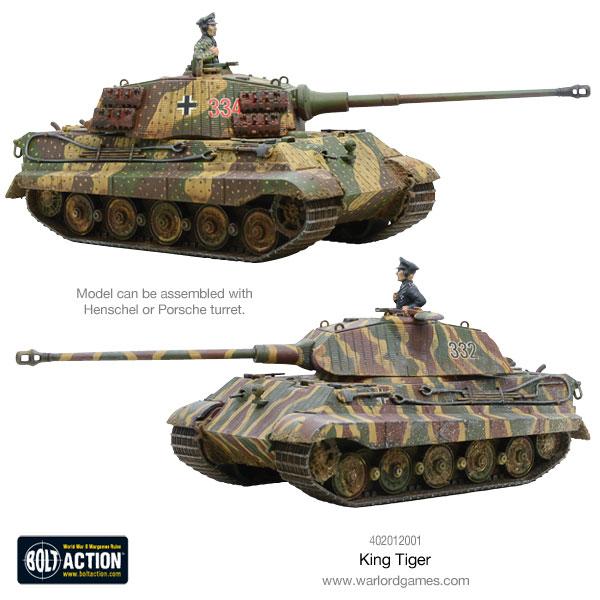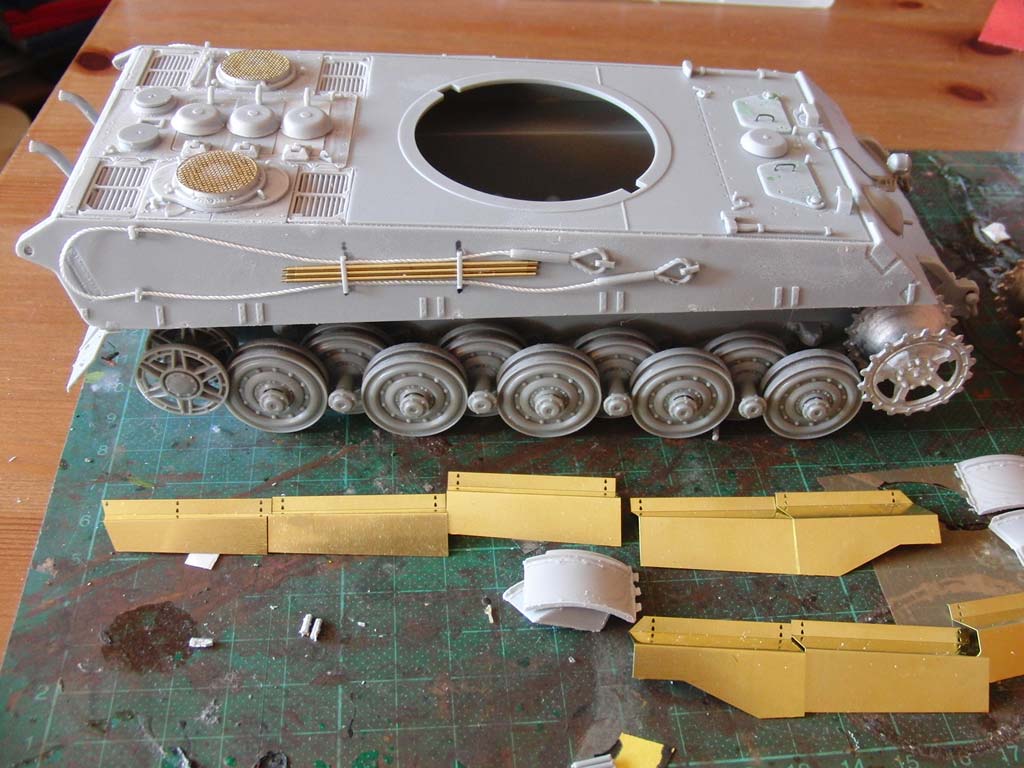

Between 8,800 and 9,800 Panzer IV tanks were ultimately produced during the course of the war after its adoption in 1939 and she remained the workhorse of German Panzer units until the cessation of hostilities in May of 1945. The basic result was an all-tracked vehicle utilizing the chassis of the Panzer IV infantry tank, the Panzer IV developed in concert with the Panzer III which was, itself, intended for direct contact actions against enemy tanks. Work on such a vehicle began in 1938 under the Krupp banner and evolved considerably along the way. While certainly imposing at its core, it was tactically inflexible and, eventually, simply bypassed by the German Army along its flanks.įor the Germans, defeat of these strategic points required a special vehicle under consideration, one that could keep pace with the new mechanized doctrine of the German Army and one with armament capable of defeating the thick concrete houses of the Maginot Line. The Line was constructed over a period spanning 1930 to 1940 and was made operational in 1935. This line of defense was intended to slow the progress of an invading force, giving the French national army additional time to mobilize in response. The Maginot Line stood as a networked line of concrete bunkers, artillery houses, machine gun nests and vehicle traps with steel obstacles which ran along the French border facing Germany and Italy (this portion known as the "Alpine Line"). Prior to the German invasion of France, it was always recognized that a portion of German Army success would be attributed to breaking the defenses at the French Maginot Line. Production on the new Tiger II project, featuring the 10,5 cm KwK L/68 gun, was never launched.The 10.5cm K gepanzerte Selbstfahrlafette was a developmental tank destroyer for the German Army in World War 2 that was initially designed around a self-propelled gun requirement.


A crew of 5-6 operated the tank, whose combat weight was 70.5 tons. The tank's ammunition capacity was increased by 12 shells, thanks to an additional rack mounted inside the turret. The vehicle was equipped with a crew compartment heating device. The turret was equipped with a Zeiss stereoscopic rangefinder and a ventilation system. The gun would have used an automatic ammunition feed. The tank was to be armed with the new 105 mm 10,5 cm KwK L/68 gun, equipped with a stabilizer. The designers of the company Henschel proposed the engine to be used for further production and also installed on Tiger II tanks which had already been produced, but the engine's production was prevented by the deterioration of the German economic situation. This project was commissioned to improve the combat capabilities of the tank with a boosted fuel-injection Maybach HL230 engine with a power of 900 hp and an improved transmission.


 0 kommentar(er)
0 kommentar(er)
